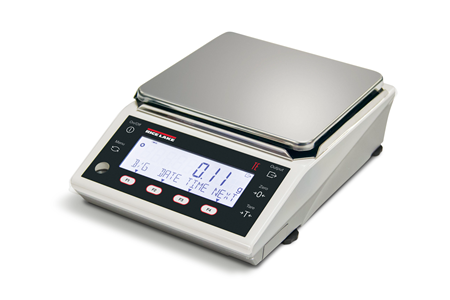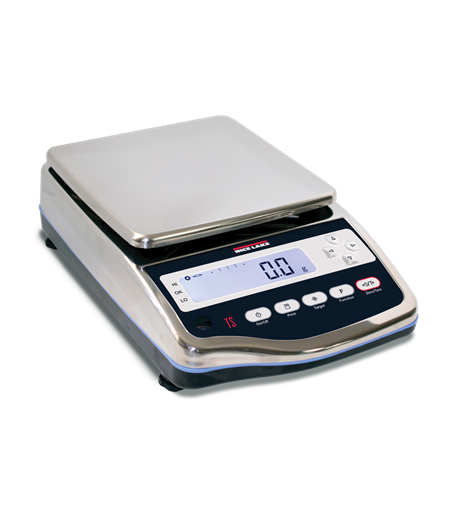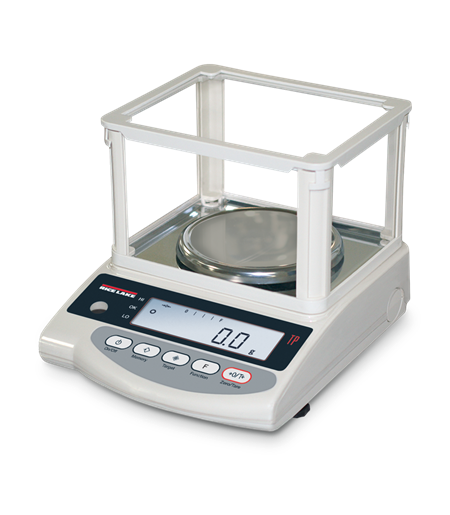Is the website displaying in the correct language? Please confirm or select a different language.
Your region has been set automatically. Please confirm or select a different region.
Inside A Tuning Fork Balance
Balances are commonly used in place of scales when precision industrial or light commercial weighing is required. One major difference between a balance and a scale is that a balance weighs gravitational mass (which is often converted to weight) and a scale measures the compression force of constraint or weight. A measurement of mass is considered more stable since it doesn’t change depending on gravitational forces.
There are several types of balances, but the two primary styles produce output signals from either load cell or tuning fork mechanisms. While load cell balances are often satisfactory, tuning fork balances have exceptional features that merit understanding.
Balances at Work
Ideal for applications in need of repetitive, precision weighing, tuning fork balances are generally limited in size and capacity for the purpose of maintaining high display graduations. Tuning fork balances perform well for numerous quality control applications, such as grain samples or in laboratories, as well as for the pharmaceutical, cannabis, precious metal and jewelry industries.
Benefits of Tuning Fork Balances
Benefits of tuning fork balances over load cell balances can be attributed to three major characteristics:
- They have superior heat capacity and conductivity, and a very small temperature range, therefore they are consistently accurate.
- Tuning fork sensors do not require any analog to digital converters, analog circuits or magnetic circuits, further eliminating temperature influence.
- Because they do not incorporate an internal magnetic coil, tuning fork balance components remain virtually free from damaging dust, reducing maintenance needs.
Tuning fork balances use technology that consistently outperforms traditional load cell-based balances. They maintain stability, are more sensitive, offer weighments down to finer graduations, provide a faster response time, and require minimal maintenance and rate of replacement.




 My Account
My Account




